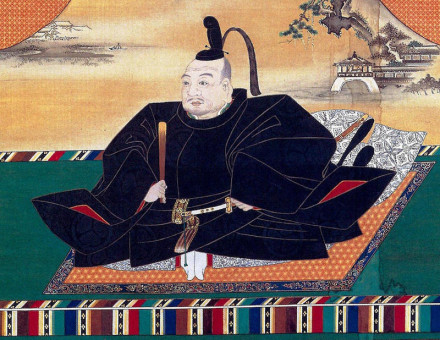Saint James in Spanish History
Christian legend transformed St James, the Galilean fisherman, into a death-dealing crusader knight. Stephen Clissold describes how pilgrims from all over Europe, wearing his symbolic scallop-shells, have come to visit the splendid shrine that has been raised above his tomb.
No factor has proved more potent in Spanish history, nor more strangely compounded of piety, enigma and deception, than the cult of Santiago, or St James.
That a Christian people should choose one of the Apostles as its patron saint is not in itself surprising. But what has transformed the Galilean fisherman into a death-dealing crusader knight?
Why should the body of St James, who lived in Palestine and was executed there in about AD 44, have been interred in a corner of a distant Roman province and forgotten for nearly eight centuries? And why should a cult so dubiously based in history, but so rich in legendary accretions, have turned his reputed burial place into the foremost pilgrimage centre of medieval Christendom?
Let us look first at what the gospels have to say about the Apostle. With his brother John the Evangelist and Simon Peter, he belonged to the inner group of disciples whom Our Lord took with him to witness the Transfiguration and his agony at Gethsemane.





